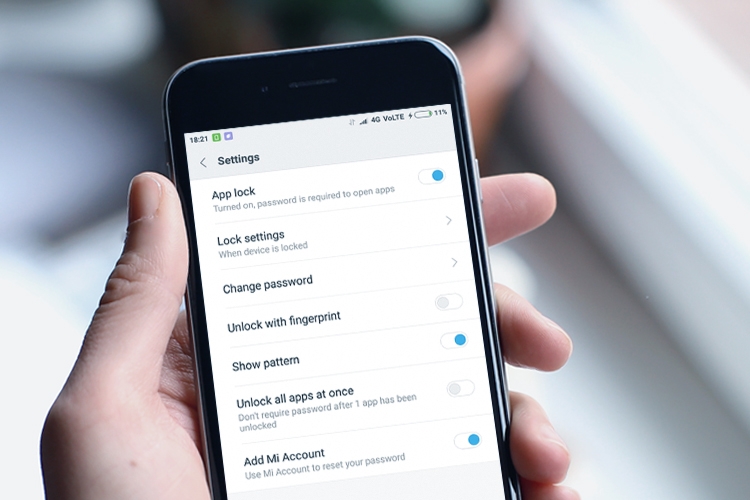How to increase the security of your mobile application
In recent years, mobile applications have become a core part of our lives. There are applications to help us in virtually every aspect of our day-to-day: shopping, services, health, people's financial management, catering, etc.
For the average user, the advantages of using mobile applications are clear. However, companies are also betting more on the development of applications that complement their digital presence and facilitate the relationship with customers.
However, the growth in the use of applications, as with other technologies, also raises concerns about the safety of mobile applications. Recent scandals involving access to personal data from Internet users have reinforced the need for all businesses to have secure applications that consumers can trust.
Access to personal data
Third party misappropriation of a company's customer data is one of the most common security weaknesses in mobile applications. The more insecure the servers are where the data is stored, the easier it is for hackers to access it, violating the security of the mobile application. Failures or bugs in application development can also be causes for hacking.
An example of this type of security breach occurred with UBER in 2016, when personal information of nearly 57 million users and 600,000 drivers were hacked. Hackers have stolen personal data, including names, e-mail addresses, and US phone numbers. The company stated that more sensitive information, such as location data, credit card numbers, bank account numbers, and dates of birth, was not compromised.
Although technological advances allow the development of more stable and protected applications, there are some strategies to make your mobile application more secure.
Involve a professional security team
Appointing a team of developers with security expertise is essential. Not just after, but during the process of developing the mobile application. Working with a safety-conscious team is the first step to protect your customers. They are prepared to meet safety standards and guidelines when developing the application. Protecting the code of your application is probably the most important aspect to take into account. Code with flaws and vulnerabilities is compromised in case of a malware attack and can be hacked.
Data Encryption
Data Encryption is generally used to convert information into encrypted codes. So even if your application is cyber-attacked and hackers get access to your customers' data, it will be encrypted and the likelihood of being decrypted is lower. If that is the case, a good team should use data encryption as part of its essential protection strategy, helping you easily integrate technology into your backup and recovery processes.
Data encryption is particularly relevant to applications that regularly exchange data with customers. For example, an app that has access to your location can be hacked to determine your location or study your daily habits. In these cases, having the information encrypted is of utmost importance.
Secure Authentication
Authentication is the act of signing in to an account with a password. Encouraging users to set a strong keyword is important. Programming the application so that it accepts only alphanumeric passwords is an option. Another method that can increase the security of your application is dual authentication or two-step authentication. In this mode, whenever a user logs in to the application, a code required to complete the login is sent by email or sms.
Other forms of authentication such as fingerprint, face recognition and retina are other safer forms of authentication.
Remember: The security of your mobile application is the security of your customers. You should take this issue very seriously and strongly focus on the security of your mobile application.





